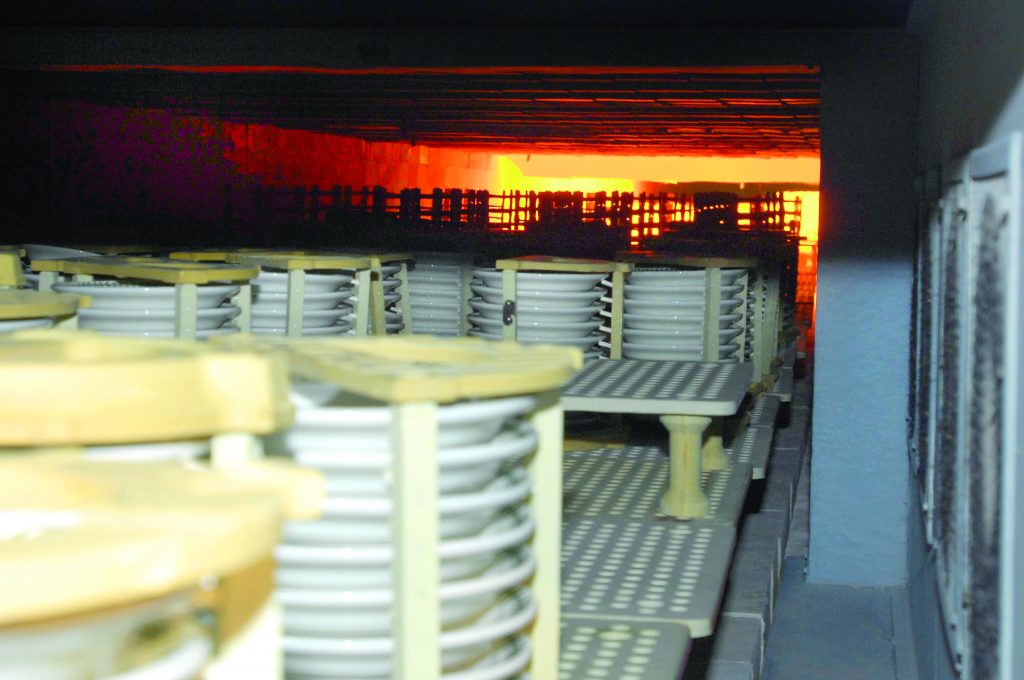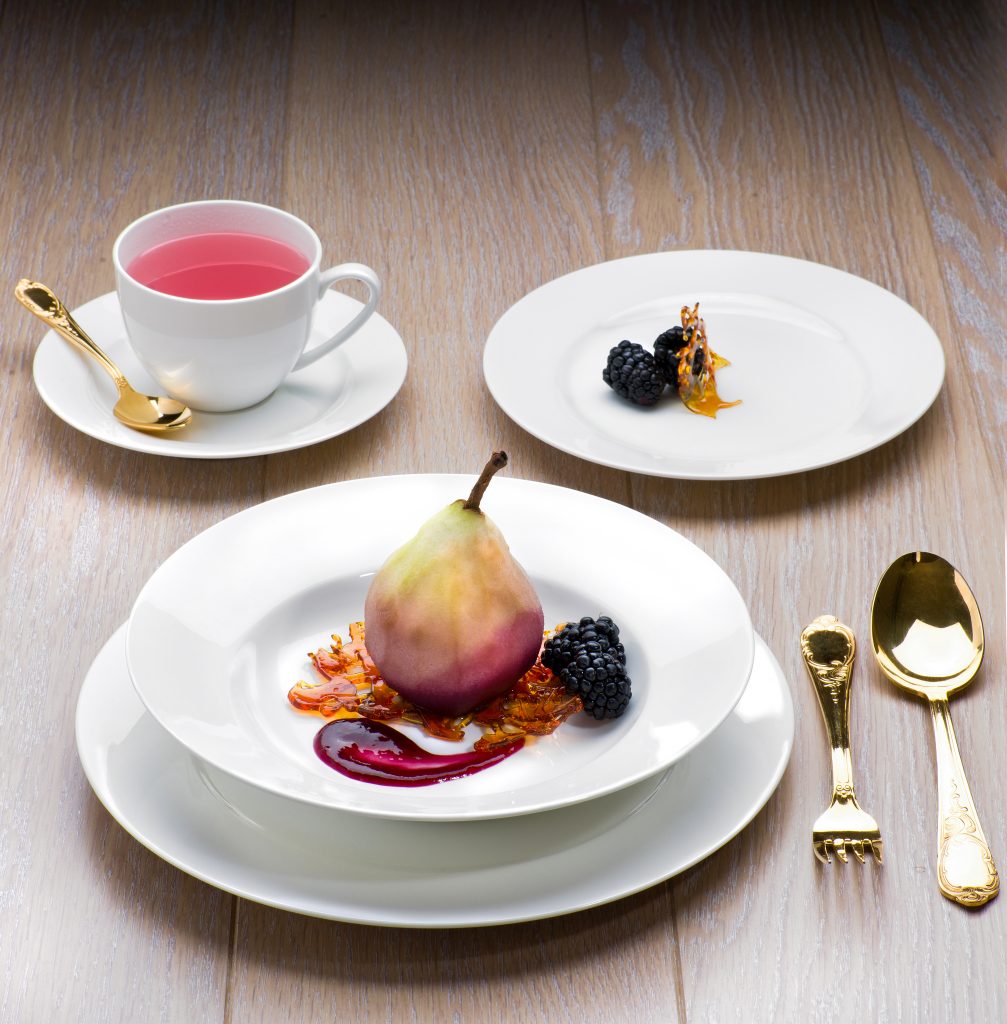When it comes to tableware, there is no end of pottery jargon that often leaves us puzzled. From earthenware to stoneware and porcelain to fine bone china, we want to help you make the right decision when buying your next table setting. Think of this blog post as a little tableware guide, here for you when you need it!
Key
Porous: Soaks up liquid
Non-porous: Doesn’t soak up liquid
Vitrified: Clay is fired at high temperatures making it non-porous and therefore waterproof
Non-vitreous: Porous and therefore not waterproof
Earthenware
In our Portmeirion Group factory here in Stoke-on-Trent, we manufacture all of our earthenware products. Earthenware is the earliest form of making pottery and dates back to the 10th century; this is what makes earthenware so special. In our factory every earthenware piece has two or three firings before glazing to ensure it is fully waterproof and dishwasher safe. Earthenware is wonderfully insulating and resistant to thermal shock, making it microwave and oven safe. When manufactured by skilled craftsmen, like ours, earthenware can last for years and is often passed on to younger generations.
Earthenware is the perfect material for a centrepiece bowl or a dinner set that you can use everyday.

Stoneware
Stoneware is a strong opaque ceramic that is fired at a high temperatures. This means that stoneware pottery is vitrified and non-porous – making it waterproof and durable. Stoneware’s essence is its strength and durability, whereas other materials are crafted to be delicate and graceful. Stoneware’s natural colouring is usually grey or brown and it can produce tableware with a natural, earthy feel. Stoneware makes tableware that is long-lasting and chip-resistant.
From soup bowls to dessert bowls, butter dishes to a set of dinner plates, Stoneware is perfect for a dinner party.

Porcelain (or fine china)
Porcelain is quite often referred to as ‘fine china’ which can be misleading if you are looking for fine bone china. Porcelain originated in China and is a hard, fine-grained material well-known and adored for its ability to create thinner pieces, translucency and white colour. But beware of inferior, cheaper porcelain that is blue/grey in colour.

Fine Bone China
Fine bone china is thought to be the most prestigious of all tableware materials. In the early 1790s Josiah Spode developed Britain’s first fine bone china formula in Stoke-on-Trent. Fine bone china is a similar composition to porcelain but has a percentage of bone ash to make it extra tough and chip-resistant whilst maintaining its delicate-looking and translucent body. Traditionally, fine bone china contains around 50% bone ash but can have as little as 25% to be classed as bone china. The bone ash comes from animal bone (usually cows) which is heated to high temperatures. Fine bone china is also associated with a higher price. So you should expect to pay a little extra for tableware made from fine bone china, but the saying is that tea tastes better drunk from a china teacup. Do you agree?

We hope this tableware guide has helped you to understand a little more about the different materials used to create your fabulous table settings at home.
Armed with your new-found knowledge, take a look at some of the most beautiful pottery collections the UK has to offer from Portmeirion, Spode and Royal Worcester!

One thought on “An Inside Out Guide to Tableware”
Comments are closed.